Today I set out with my classmates Keegan and Valerie to the Trastavere market. There was a lot to see there! (post forthcoming on my new travel blog)
On this trip, we’ve stopped at quite a few churches. I’m sure that a lot of the things we’ve seen look similar because we don’t have the background in Italian art and architecture to appreciate the points of divergence in the places we’ve visited. We visited 2 churches in Trastavere today and it really hit me that, well, churches seem to be responsible for large portions of Rome’s cultural heritage.
Something that’s really struck me on this trip is how totally lax the security is in a lot of these places. It reminds me of visiting the Hemingway house in Key West about 10 years ago, where it seemed really easy to just walk out with something. At the Capitoline museum the other day, the guard didn’t approach someone in our group until after they were already leaning on an artifact! The most hands-on security we’ve seen so far was this nun who guards the Cavallini frescoes at the monastery adjacent to the Basilica of St. Cecilia:
But obviously they’re short-staffed, peep the outside of this building (in a locked courtyard, no less):
It’s hard to figure out how these sites are managed – I wonder if there are nonprofits associated with them, or if any are run by the state, or if they’re just run by the parishes themselves. The quality of interpretative signage is wildly inconsistent between churches (I think for my final project I’ll deal with signage). Some of them (like Santa Maria in Trastavere) have just no signs at all. St. Cecilia had signage in Italian and homebrewed guidebooks:
A point of minor irritation on this trip is the low quality of captions/information in the museums – it seems like they just give you the bare minimum of information and then upcharge you to access anything more than the title. So antithetical to American values! information wants to be free! but Italian churches want to charge you 2.50 to see priceless works of art as though they were sideshow carnival attractions, then charge you 5.00 for the guidebook, I guess? [further discussion of this in my post about the art museums we saw on this trip: the Uffizi, Pitti Palace and Galleria Borghese]
At least this one had signs in the actual attractions. Here’s a photo dump, including the basement (the sanctuary itself was free to visit), which they claimed was the ancient home of St. Cecilia.
- we found it!
- the exterior
- they love to display this stuff outdoors
- something pretty.
- Graffiti in the courtyard of Santa Cecilia in Trastavere.
- interior
- see what I mean about the displays?
- Valerie, exploring the chintzy “archeological site.”
- the crypt
- couldn’t see the reliquary
- She didn’t speak, except to laugh when her colleague explained my request for a picture.
- Roman security.






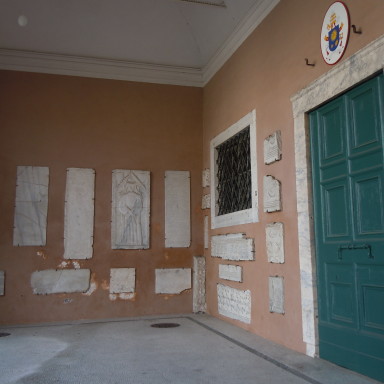




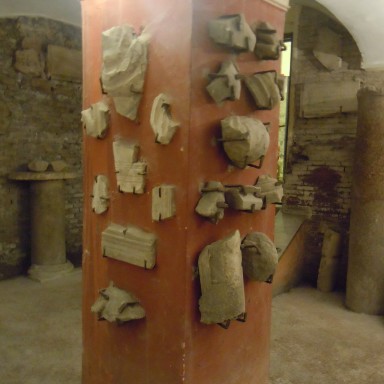



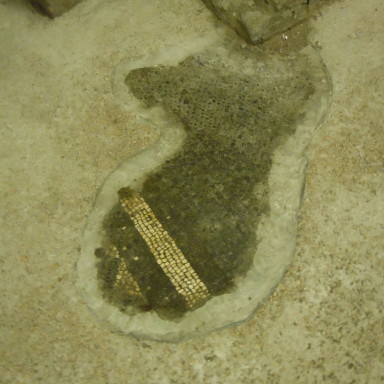




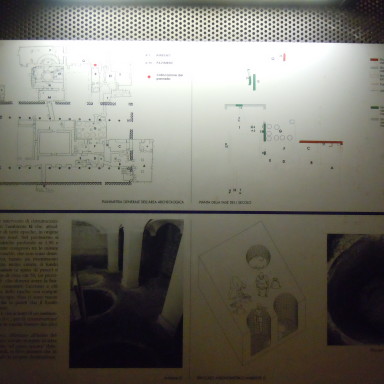

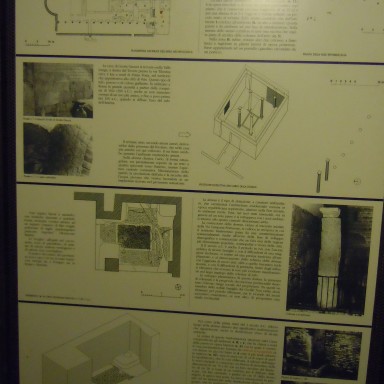

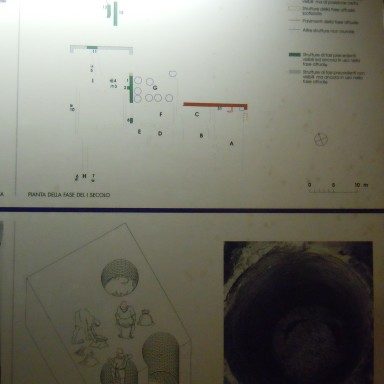
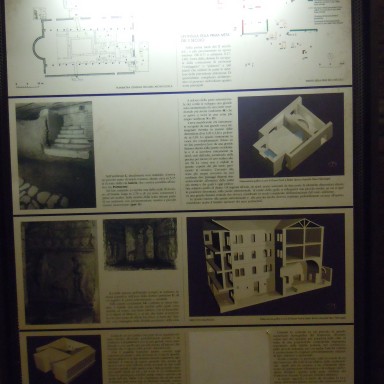
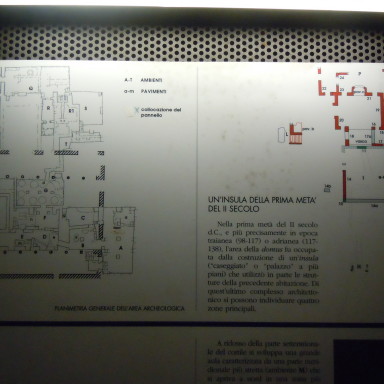


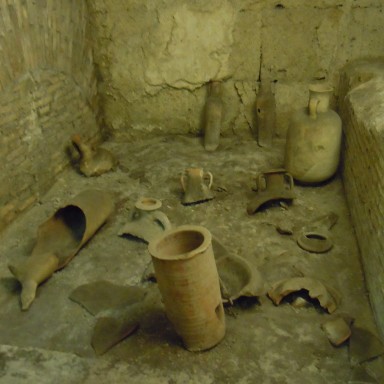

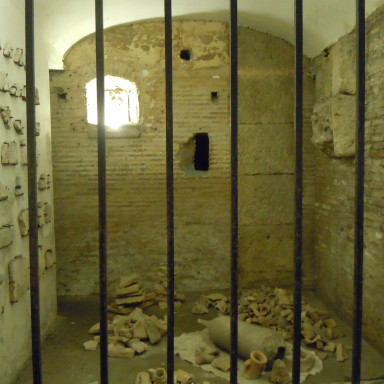


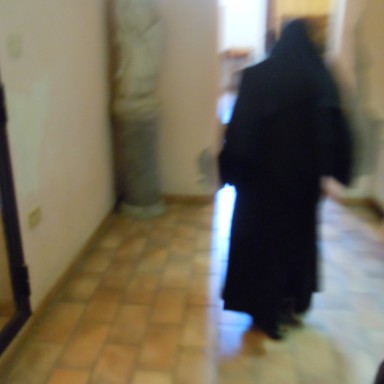
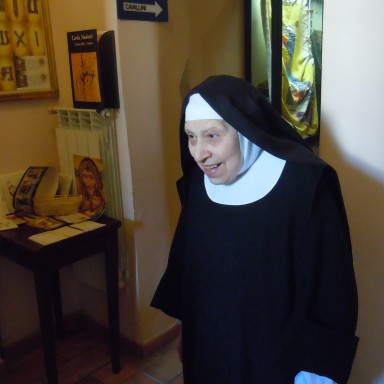
Santi Cosma e Damiano | anita life
[…] the Phantom Tollbooth where I’m sure a priest or a nun sits to collect your money just like at St. Cecilia. The glass case includes actual guidebooks to the church – so obnoxious not to have these at […]